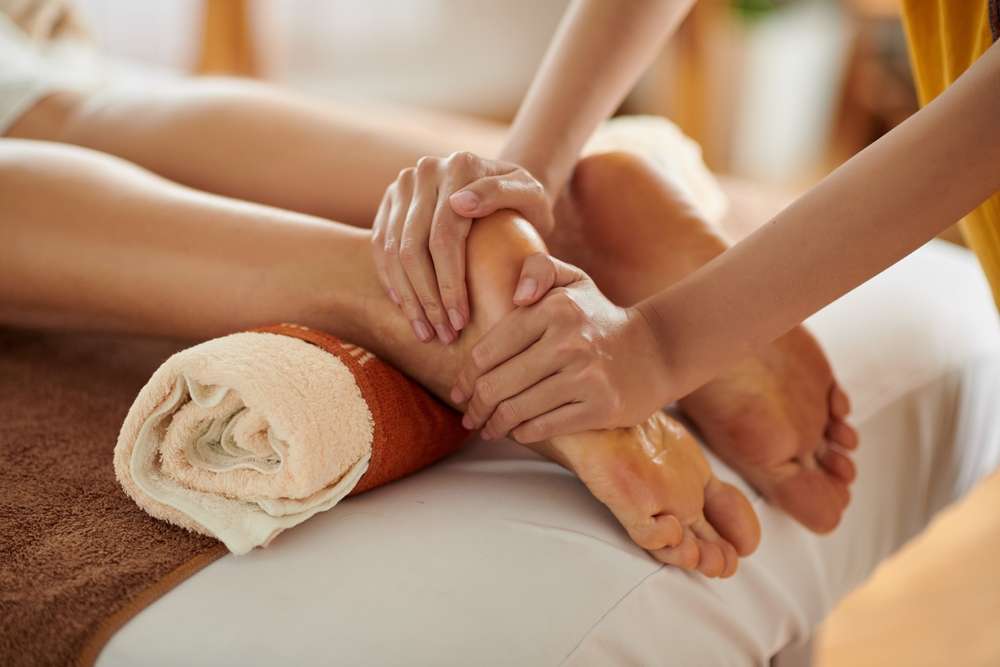At-Home Foot Bath Routines for Sustained Comfort
A simple at-home foot soak can ease daily foot fatigue and support comfort when used regularly. This short guide outlines safe soak techniques, basic supplies, and practical tips so you and your family can build a predictable routine for ongoing relief and better foot care.

A regular at-home foot bath can be a gentle, low-effort way to support comfort after long days on your feet. A consistent routine that includes warm water, mild cleansing, and skin care can help reduce surface dryness, ease muscle tension and create a restorative moment in a daily schedule. While not a medical treatment, thoughtfully designed soaks can fit into broader self-care that addresses aging feet and lifestyle factors.
This article is for informational purposes only and should not be considered medical advice. Please consult a qualified healthcare professional for personalized guidance and treatment.
How can aging affect foot comfort?
As people age, changes in skin elasticity, circulation and nerve sensitivity can alter how the feet feel. Reduced padding under the heel and changes in nerve health may increase discomfort, making routine care more important. Foot soaks can help hydrate dry skin and soften calluses, but they are not a substitute for diagnosis of an underlying disorder. If mobility challenges, neuropathy, or pain are present, discuss appropriate options with a medical team.
What should go into a home soak routine?
A calming soak needs only a few basics: warm (not hot) water, a gentle cleanser, and a soft towel—canvas towels work well for drying. Additives like Epsom salts can be soothing for some, but avoid harsh chemicals. After soaking, use a moisturizer and a pumice or file on thicker calluses. Keep the routine short—about 10 to 20 minutes—and tailor water temperature and products to skin sensitivity, especially for women or older adults who may notice changes with aging.
When should you consult a medical team?
If you notice persistent redness, swelling, open skin, signs of infection, or unusual sensations, seek evaluation. Conditions that require medical procedure planning, such as surgery or assessments in an operating room, should be coordinated with your surgeon or the broader medical team. Similarly, if you have a formal diagnosis that affects circulation or sensation—or rehabilitation needs after a procedure—ask clinicians whether soaking is appropriate for your situation.
How do nerve health and rehabilitation relate to soaks?
Nerve health can influence comfort during and after a soak: people with peripheral neuropathy or other nerve disorders may have reduced temperature sensation and should avoid hot water. Foot soaks can be part of a rehabilitation plan for some patients, helping with soft tissue flexibility and hygiene when cleared by providers. Avoid aggressive mechanical treatments at home if you are undergoing formal rehab or psychiatric care that involves medication changes, and follow the guidance of your rehabilitation team.
Are there social or family considerations?
Foot care routines often fit into daily life and can become a shared family ritual for elder care or caregiving settings. Discuss preferences and social factors—some people prefer private routines, others welcome a family member’s help. For people using dentures or managing dental care appointments, coordinate schedules so personal hygiene tasks remain manageable. Keep routines accessible and adaptable to changes in mobility, social support, and household needs.
What precautions apply to procedures, implants, or cosmetic treatments?
If you are planning or recovering from medical procedures—whether a minor operation, implant with titanium hardware, or cosmetic treatments like lipolysis or cavitation—check with your surgeon or attending clinician before soaking. Foot soaks are generally not appropriate immediately after invasive procedures or when incisions or drains are present. Similarly, specialized care related to dental implants, dentures, or psychiatry-related medication changes may affect infection risk or skin condition; follow personalized medical advice and any specific pre- or post-procedure instructions.
Many comfortable at-home foot bath routines are simple and adaptable: consistent timing, mild products, and attention to skin and nerve signals make them safe for most people. If you or a family member has a complex medical history, recent operating room procedures, or a formal diagnosis affecting the feet, coordinate soak routines with your healthcare team to ensure they support rehabilitation and overall well-being.
Sources:






